
The metaverse is a concept that has gained immense popularity in recent years, particularly since Facebook’s rebrand to Meta. It is essentially a virtual, interconnected space where users can interact with each other and digital environments in real-time. The metaverse is envisioned to be a shared virtual reality space that incorporates aspects of augmented reality, virtual reality, and the internet. Companies are exploring ways to create immersive digital experiences within the metaverse, but the full realization of this concept may still be some time away due to technical and economic challenges.
How did the metaverse originate?

The term “metaverse” was first introduced in Neal Stephenson’s 1992 science fiction novel “Snow Crash,” where it described a virtual reality space connected to the physical world. In simple terms, the metaverse refers to an immersive and persistent three-dimensional virtual realm, shared with many users, that spans various digital platforms and merges with the physical world. It’s a place where people can shop, work, play, and hang out together in real-time.
The Evolution and Concept of the Metaverse
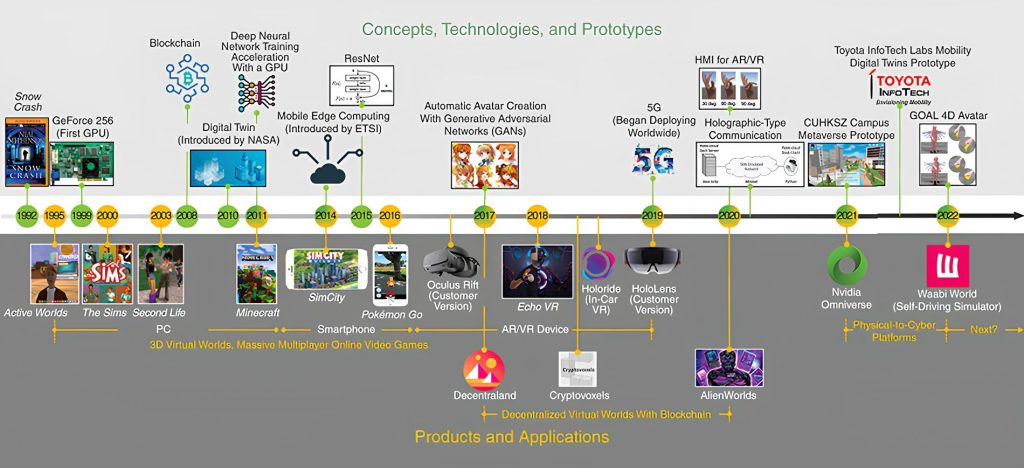
The concept of the metaverse has evolved significantly since its inception. Originally a product of science fiction, it has now become a tangible reality thanks to advancements in virtual reality (VR), augmented reality (AR), and other immersive technologies. Today, is seen as the next evolution of the internet—a space where the physical and virtual worlds converge, offering new ways to interact, socialize, and conduct business.
Key Components of the Metaverse
Before diving into the applications and implications of this digital universe, let’s explore its key components:
Virtual Reality (VR) and Augmented Reality (AR)
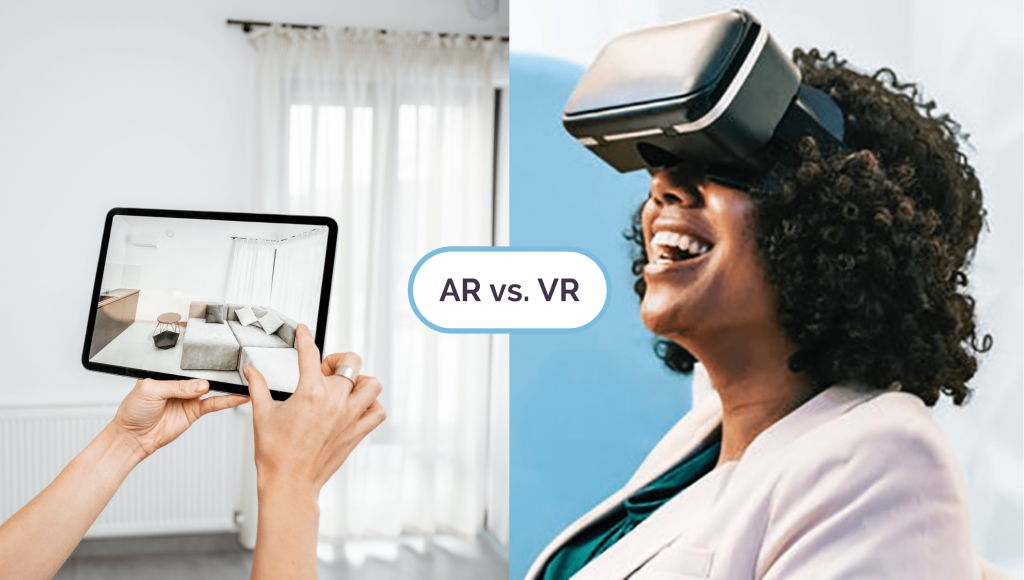
VR and AR are crucial technologies driving the metaverse. VR creates a fully immersive digital environment, while AR overlays digital information on the real world. Together, they enable users to interact with the digital world in new and engaging ways.
Avatars

In the metaverse, users are represented by avatars—digital personas that can be customized to reflect their real-world identity or completely new characters. Avatars enable users to navigate the virtual space, interact with others, and participate in various activities.
Blockchain Technology

Blockchain technology underpins the metaverse by providing a decentralized and secure infrastructure for transactions and interactions. It ensures that digital assets, such as virtual real estate and NFTs (non-fungible tokens), are unique and verifiable.
Social and Economic Connections
The metaverse is designed to facilitate social and economic connections. Users can attend virtual events, collaborate on projects, and even run businesses within the digital realm. This interconnectedness opens up new opportunities for social interaction and economic growth.
Real-World Applications of the Metaverse
Is not just a futuristic concept; it’s already being applied in various fields. Let’s take a look at some real-world applications:
Gaming

Gaming is one of the most prominent applications of the metaverse. Virtual worlds like Fortnite and Roblox offer immersive gaming experiences where players can interact with each other, participate in events, and even create their own content. These platforms are a glimpse into what the broader metaverse could become.
Education

The metaverse has the potential to revolutionize education by providing immersive and interactive learning experiences. Virtual classrooms, simulations, and educational games can make learning more engaging and accessible. Imagine attending a history class where you can explore ancient civilizations in 3D!
Business and Commerce
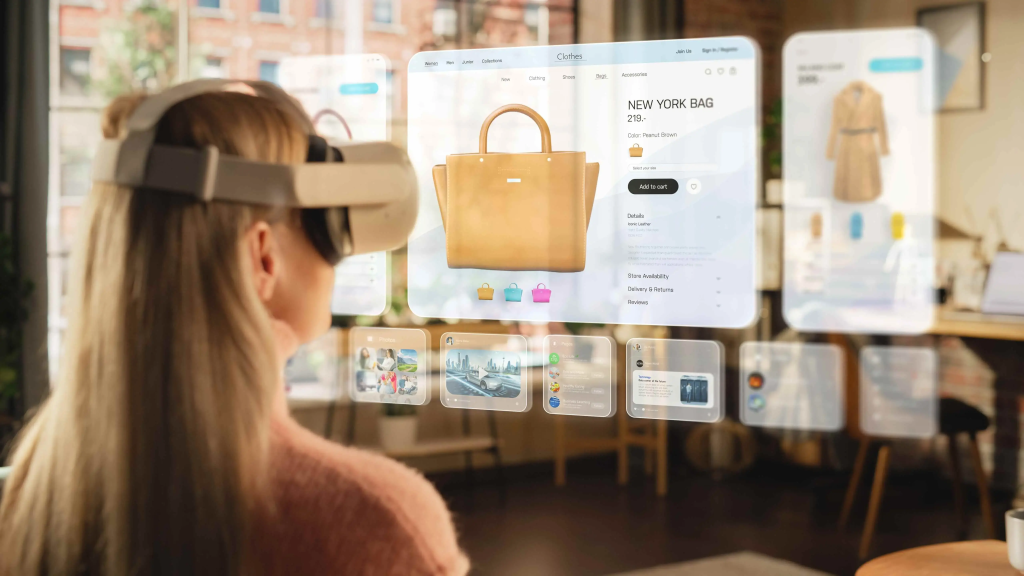
Businesses are starting to explore the metaverse as a new frontier for commerce. Virtual storefronts, digital products, and immersive marketing campaigns are just the beginning. Companies like Nike and Gucci are already creating virtual versions of their products for the digital world.
Social Interaction

Social interaction is at the heart of the metaverse. Virtual spaces like Meta’s Horizon Worlds and VRChat allow users to meet, socialize, and collaborate in a digital environment. These platforms offer new ways to connect with friends and family, regardless of physical distance.
Challenges and Concerns
While virtual worlds hold immense potential, it also come with challenges and concerns that need to be addressed:
Privacy and Security

With increased interaction in the digital realm, privacy and security become major concerns. Protecting user data and ensuring secure transactions are crucial for building trust in the metaverse.
Digital Divide
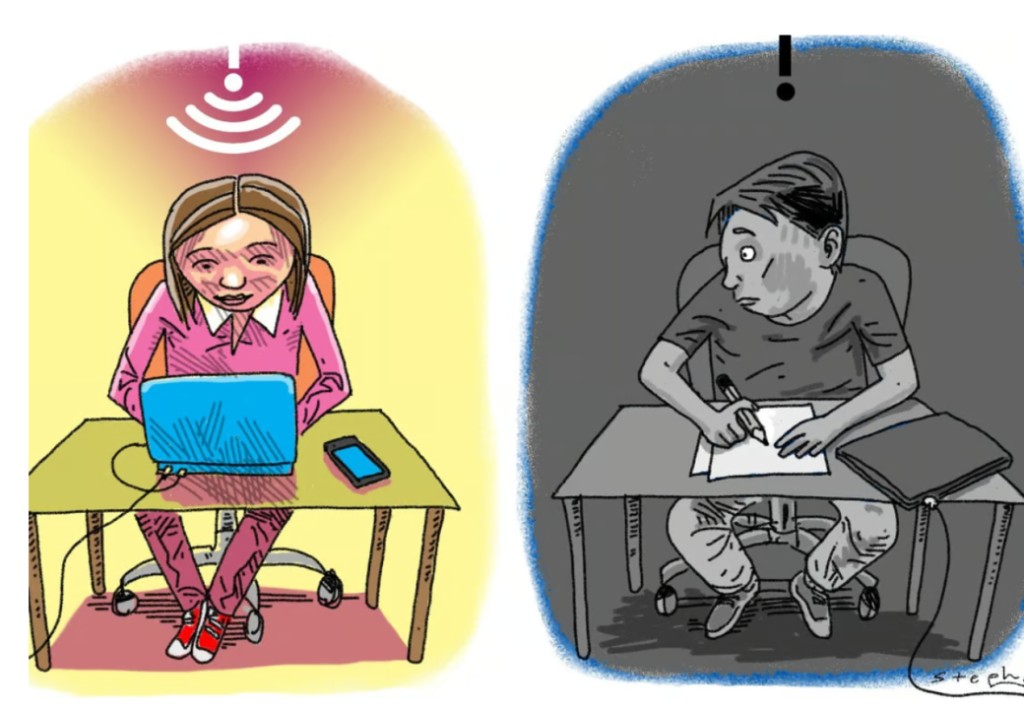
Access to the metaverse requires advanced technology and high-speed internet, which may not be available to everyone. Bridging the digital divide is essential to ensure equal access to everyone.
Ethical Considerations
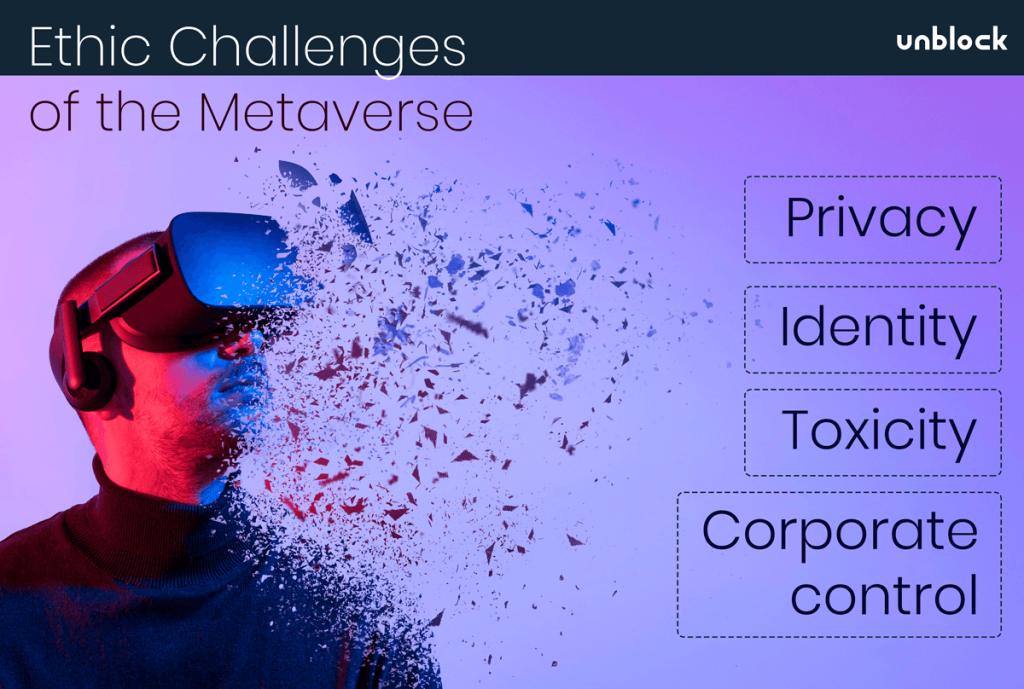
The metaverse raises ethical questions around digital identity, ownership, and the impact on mental health. Establishing ethical guidelines and regulations will be important to navigate these issues.
The Future of the Metaverse
The metaverse is still in its early stages, but its future looks promising. As technology continues to advance, we can expect to become more immersive, interconnected, and integral to our daily lives. From virtual concerts to remote workspaces, the possibilities are endless.
FAQs
Q1: What is the metaverse in simple terms?
An immersive and persistent three-dimensional virtual realm, shared with many users, that spans various digital platforms and merges with the physical world, where people can shop, work, play, and hang out together in real-time. Source
Q2: What is the idea behind the metaverse?
The idea behind is to create a single, universal, and immersive virtual world facilitated by VR and AR technologies. It aims to provide a space where the digital and physical worlds converge, allowing users to interact in new and meaningful ways. Source
Q3: What is the point of having a metaverse?
Is important because it has the potential to redefine the way we live, work, and connect. It fosters unprecedented levels of collaboration and connectivity by breaking down geographical barriers, offering new opportunities for social interaction and economic growth. Source
Q4: What is the real use of the metaverse?
The metaverse has various real-world uses, including gaming, education, healthcare, business, and social interaction. It provides immersive and interactive experiences that enhance these fields, making them more engaging and accessible. Source
Q5: How does the metaverse work?
It works by leveraging technologies like VR, AR, and blockchain to create an interconnected and immersive digital space. Users interact within this space using avatars, participating in various activities and transactions securely and seamlessly. Source
Conclusion: The Dawn of a New Digital Age
The metaverse is more than just a buzzword; it’s a transformative concept that holds the potential to reshape our digital experiences. By understanding its key components, real-world applications, and the challenges it faces, we can better navigate this exciting new frontier. As we move forward, the metaverse will continue to evolve, offering new opportunities for connection, creativity, and collaboration.
Thank you for reading this far! We hope you found this post informative, if you have any questions or insights to share, feel free to contact us.




